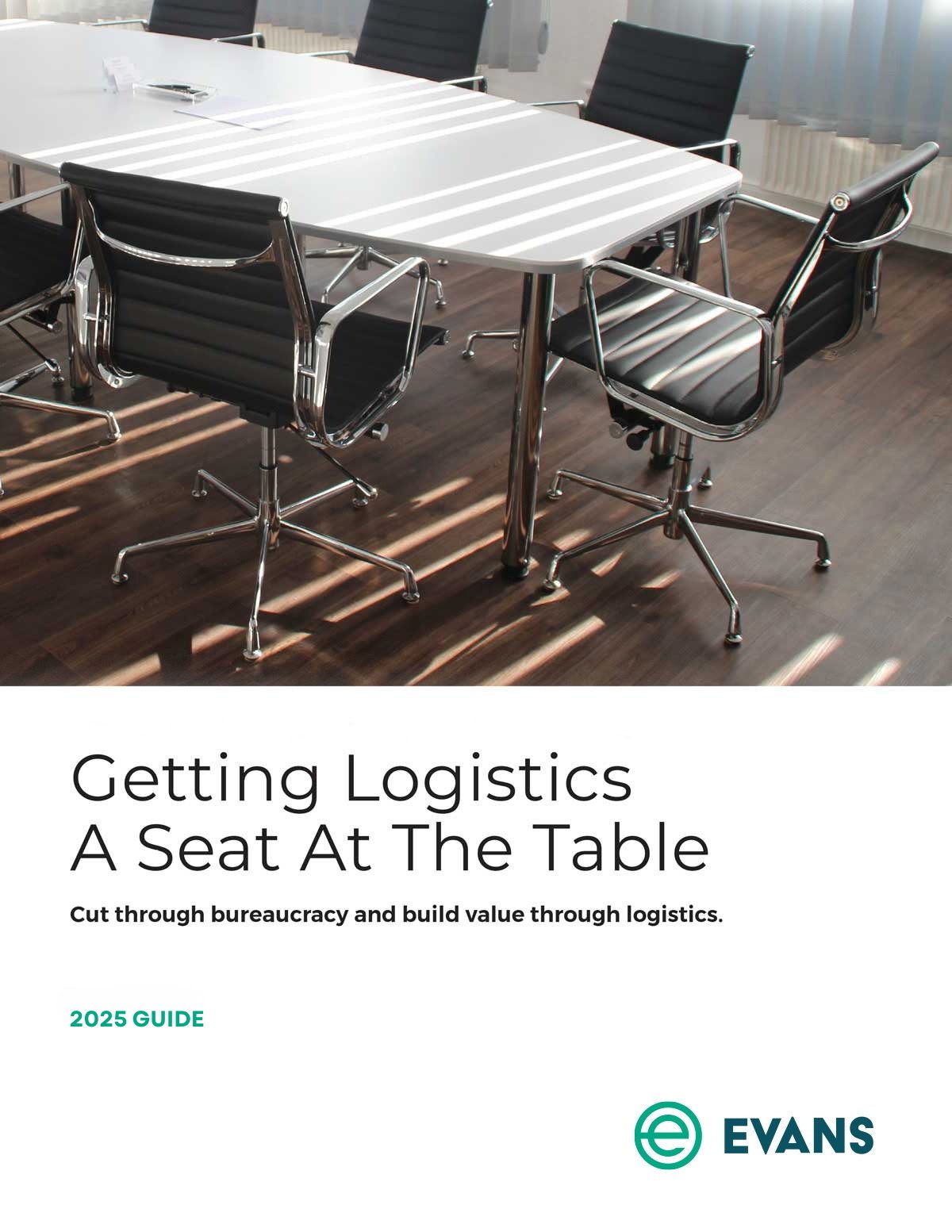By the title of this blog you may think we’re here today to talk about our love affair with the Terminator movies.
Though, if we’re being honest, the original is still the best, by far! Instead, we’ve got a simple question for you: does your consolidation technology drive savings? Or do the people behind it drive savings? OR, is it both?
OK. That was three questions.
There are so many options out there for software that optimizes and consolidates shipments between modes, repeated ship to locations, and improves shipment execution intelligence. The interactive demos and speed at which these platforms perform is impressive, sure.
But how much money is this model saving your organization? Is it utilized to drive tangible results that improve the bottom line?
At Evans we firmly believe that supply chain tech is really best at telling you where to look, not what to do. While the computer does the heavy-lifting, your people make the crucial decisions.
Historically, shippers used static routing guides to determine carrier selection. However, these are limiting, outdated, and certainly less than optimal. Let’s look at some pros and cons of Man vs. Machine.
Optimization Engine
- OE can process thousands of iterations in a short timeframe.
- Allows for mode shifts if the rates are optimal while still meeting service constraints (On-time Pick Up & Delivery). Examples include but are not limited to:
- Multiple Small Package to LTL
- LTL consolidations to Truckload or Multi-Stop Truckload can reduce claim incidents by 75%
- Can also be configured to not allow consolidations when applicable
- Pooled Distribution – Having multiple Origin and/or Destination locations consolidate at a common facility where the freight then moves co-mingled to the Deconsolidation Pool facility or to the final Delivery location.
- OE is ultra-configurable; this is a positive for the output quality and flexibility to handle complex scenarios, but a negative for usability and efficiency.
Issues and hindrances
- Utilizing the engine to obtain appropriate outputs is not easily learned.
- Getting buy-in from stakeholders. The person overseeing Transportation Costs generally has a far different opinion of making changes to allow for optimization than the person making the arrangements and facilitating getting the freight off or onto the dock.
- Setting up the optimization properly requires good knowledge of the Customer’s footprint, shipping/receiving patterns, flexibility to ship or receive freight early and/or late and by what margin they can realistically live with.
In Conclusion
- The computational power of the Optimization Engine cannot be matched by the human brain and a spreadsheet, or some other aid. There are far too many possibilities in most scenarios to even consider. The Optimization Engine when properly configured and coupled with very good data yields an impressive, quantifiable and repeatable outcome.
So, while the machine can do about 95% of the work, it always needs a set of human eyes, because it’s the people who will create and craft solutions. Give Evans a call to discuss the best way to move your organization forward.
Comments
Subscribe to our Blog
© 2026 Evans Transportation Services, Inc. All rights reserved.

